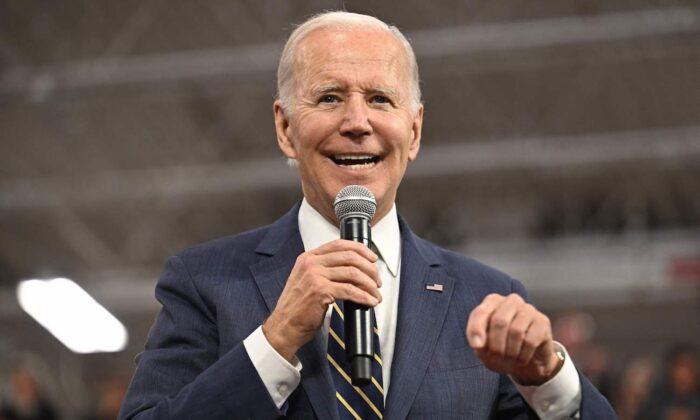The White House has unveiled an ambitious plan to curb fossil fuel use at federal buildings in a bid to fight climate change, drawing criticism from the natural gas industry amid a growing nationwide campaign to switch buildings to all-electric power.
The plan, announced Dec. 7, involves the first-ever federal building performance standard, which sets the goal of cutting energy use and switching to electric appliances and equipment in 30 percent of the buildings owned by the federal government by 2030.





